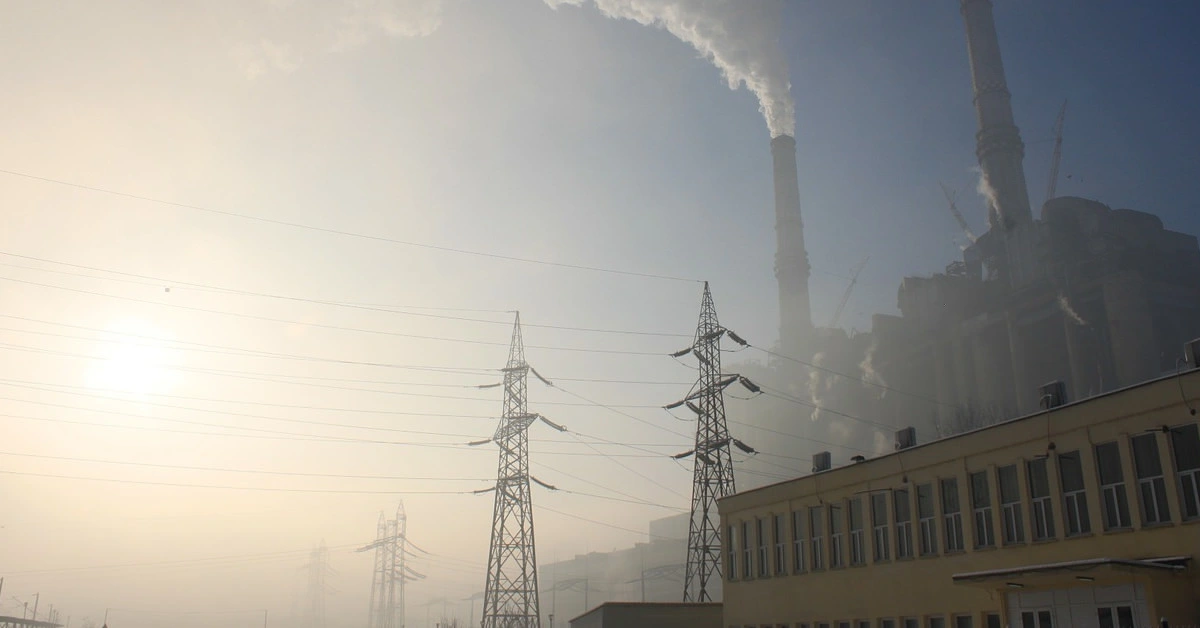PM2.5 refers to particles in the air that are two and one half microns or less in width.
Especially dangerous to human health because they bypass many of our body’s defenses.
PM10 refers to particles with a diameter of 10 micrometers (µm) or less.
Because PM10 is a larger particle than PM2.5, it’s less likely to cross from the lungs into the bloodstream.
Ozone can be particularly dangerous and abundant on hot days in an urban area.
Exposure to ozone can make it very difficult to breathe and cause coughing and shortness of breath.
Nitrogen dioxide is produced from combustion processes.
Its presence is closely linked to the formation or presence of other air pollutants.
Sulfur dioxide is a a colorless, bad-smelling, toxic gas.
It can contribute to respiratory illness by making breathing more difficult.
- Good(<51)
- Moderate (<101)
- Unhealthy (sensitive groups) (<151)
- Unhealthy (<201)
- Very unhealty (<301)
- Hazardous (301+)
What is AQI?
The Air Quality Index (AQI) serves the purpose of reporting daily air quality. It tells you how clean or polluted your air is and what associated health effects might concern you.
The AQI focuses on health effects you may experience within a few hours or days after breathing polluted air. Ground-level ozone and airborne particles are the two pollutants that pose the greatest threat to human health.
Source for further information: https://www.weather.gov/safety/airquality-aqindex
How do we obtain the forecast?
Using artificial intelligence techniques, we offer the prediction for the contamination values in the city of Madrid for the next week.
A model obtained from a neural network trained with historical data allows us to know the trends in order to anticipate possible issues.



